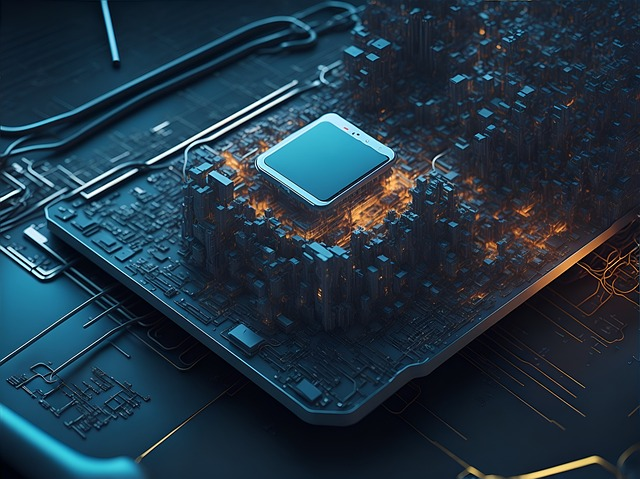Hey - welcome to this article by the team at neatprompts.com. The world of AI is moving fast. We stay on top of everything and send you the most important stuff daily.
Sign up for our newsletter:
In the final months of 2023, the tech world buzzed excitedly as Humane, a startup backed by a team of renowned industry leaders, unveiled Pin. This innovative wearable device, designed to be adorned over clothing, offered a tantalizing preview of a future where smartphones might become obsolete.
At the heart of Pin's functionality is OpenAI's ChatGPT, which drives its unique laser projection system. This advanced technology allows for displaying text and monochromatic images directly onto the user's hand, creating a hologram-like experience that captured the imagination of tech enthusiasts and casual observers alike.
The Rise of Wearable Devices

Wearable devices, once a niche market limited to fitness trackers and smartwatches, are now expanding into diverse sectors, including healthcare, consumer electronics, and even augmented reality. With advancements in artificial intelligence and machine learning, these smart devices are not just accessories but have become essential tools for health monitoring, enhancing productivity, and offering personalized user experiences.
Healthcare: A Key Sector in the Wearable AI Market
One of the most significant impacts of the AI wearable revolution is seen in the healthcare sector. Healthcare professionals increasingly rely on wearable medical devices for remote patient monitoring, especially for patients with chronic diseases.
These devices, equipped with AI algorithms, offer real-time health monitoring, vital signs tracking, and actionable insights, leading to improved patient outcomes. The ability to monitor health and fitness seamlessly, track sleep patterns, and provide data for predictive analytics makes these devices invaluable.
Furthermore, integrating AI into wearable technology allows for more accurate and timely interventions, transforming home healthcare and hospital settings.
Technological Advancements Driving the Market
Continuous technological advancements fuel the wearable AI market's growth. Innovations in augmented reality are leading to the developing products like glasses that offer enhanced consumer and professional applications.
Additionally, the miniaturization of components and advancements in battery technology address concerns related to limited battery life, making these devices more practical for everyday use.
Market Challenges and Opportunities
Despite the promising outlook, the AI wearable market faces challenges such as data security, privacy concerns, and intense competition among key market players. Companies like Samsung Electronics, Huawei Technologies, Honeywell International, and Sony Corporation are at the forefront, continuously innovating and launching new products to capture a larger market share.
Moreover, the demand for wearables in fitness applications and health monitoring in the healthcare sector is driving the need for more advanced, reliable, and secure devices. Integrating IoT devices and machine learning algorithms opens new avenues for wearable AI devices.
Regional Insights and Key Players
The North American region is leading the wearable AI market thanks to its advanced technological infrastructure and the presence of key players. However, rapid growth is also observed in Asia and Europe, driven by an increasing focus on health and fitness and the widespread adoption of smart wearables.
The Future of Wearable AI
The wearable AI revolution is poised to offer innovative solutions to everyday challenges, broaden the scope of healthcare applications, and provide consumers with more personalized and enhanced experiences. As we move towards a more connected and technologically advanced future, the potential of AI wearables seems limitless.
In conclusion
the AI wearable revolution is not just coming; it's here and rapidly evolving. With a market size expected to exceed $252.4 billion by 2032, the impact of these devices will be profound, changing how we live, work, and care for our health.
As we embrace this new era, the focus will be on creating more innovative, secure, and user-friendly wearable technology that enhances lives across the globe.
